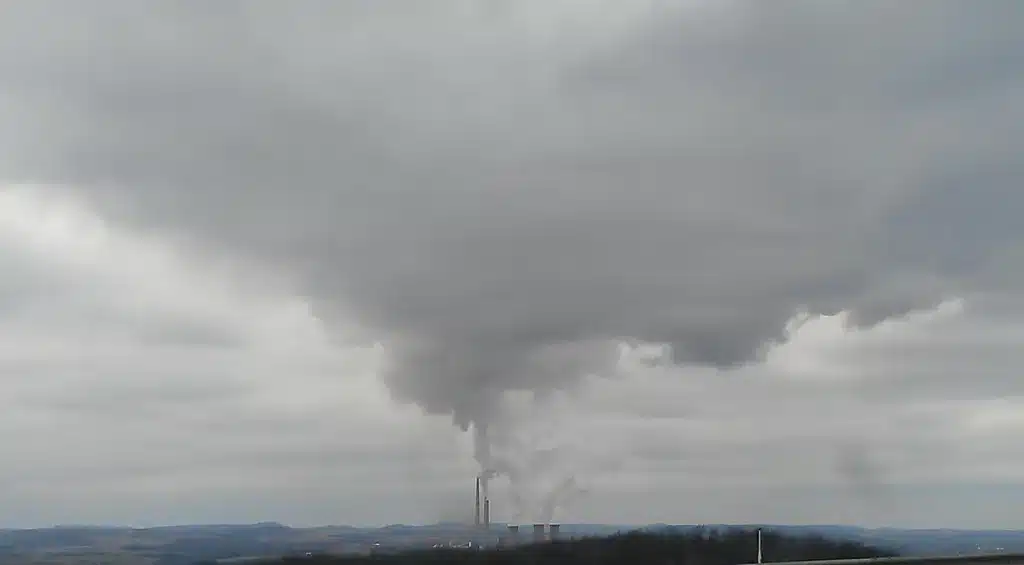The 1,888-megawatt (MW) plant, located around 50 miles east of Pittsburgh, was built near coal reserves and included what was then a high-capacity (345-kilovolt) transmission line to service areas in western New York and Eastern Pennsylvania.
It began to generate electricity in 1969 when Units 1 and 2 entered service. Unit 3 was added in 1977. For 30 years, the plant operated almost continuously, achieving a utilization rate, called a capacity factor, near 90%, according to the US Energy Information Administration (EIA).
The Homer City coal plant sold for $1.8 billion in 1991 when Pennsylvania was deregulating its electricity market. At the time, coal-fired generation accounted for about 53% of the US’s power supply, and natural gas only accounted for around 12%. But now, natural gas is now the source of 40% of the electricity in the US, and coal has dropped to 20%.
As Homer City became less competitive economically and was dispatched for load following – that is, it adjusted its power output as demand for electricity fluctuated – rather than for baseload power, the plant generated less electricity, and its capacity factor dropped. (Baseload power plants can generate dependable power to consistently meet demand.)
The Homer City plant operated at an annual capacity factor of 82% in 2005. By 2022, the capacity factor had dropped to 20%, contributing to the decision to retire the plant, along with “the low price of natural gas, a dramatic spike in the cost of its ongoing coal supply, unseasonably warm winters, and increasingly stringent environmental regulations,” according to William Wexler, CEO of Homer City Generation, in a written statement.All five of Pennsylvania’s remaining coal plants are scheduled to either shut down or be converted to natural gas by 2028. The state is the US’s second-largest natural gas producer after Texas.
Pennsylvania ranks near the bottom – 45th – among US states when it comes to generating renewable energy, and it’s currently ranked 24th in the country for installed solar, according to the SEIA. Only 3% of total energy comes from wind, solar, and hydro in the Keystone State.



